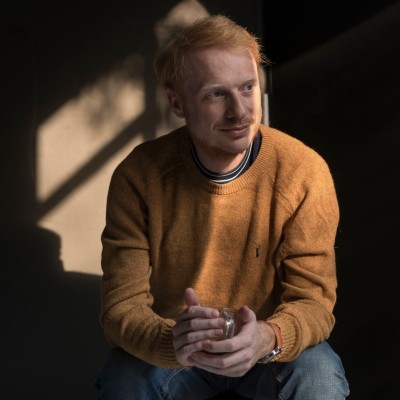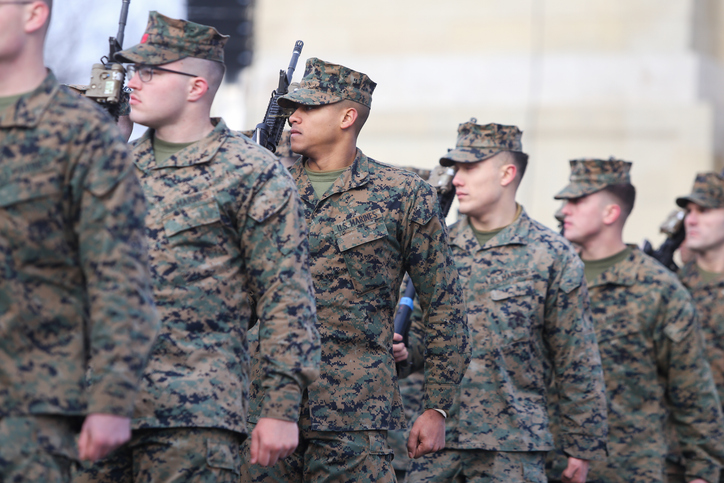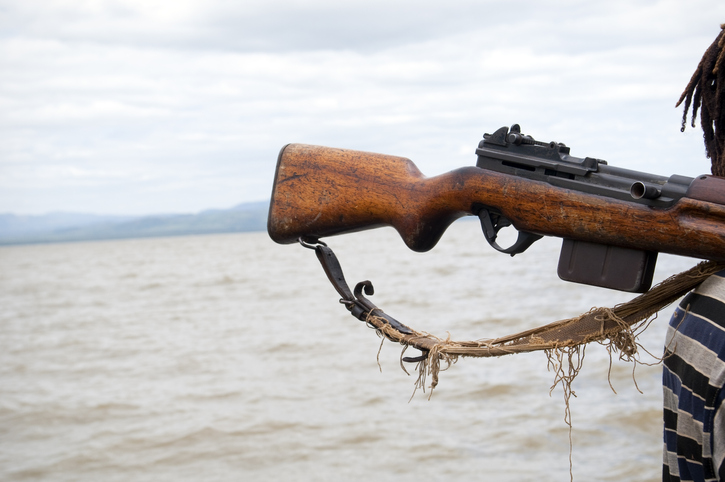Rebuilding trust between communities divided by violence is a protracted and complex process. This blog explores the role of the arts and culture in constructing pathways to peace post-conflict.
“Peacebuilding is an approach that addresses the culture of violence, by transforming it into the culture of dialogue.” – John Paul Lederach, Preparing for Peace (1995).
The UN–World Bank report Pathways for Peace highlights how some of the greatest risks of violence today stem from perceived inequalities between different groups. Shared identities, history and narratives of humiliation and frustration are often key in mobilising a particular group to violence, either against the state or another social or ethnic group. Conflict, fragility and development are closely interlinked, and conflict remains a key barrier to achieving the UN’s 2030 Agenda for Sustainable Development.
The UN’s ‘Sustaining Peace’ agenda calls for a greater focus on the prevention of conflict, and a greater role for civil society organisations in peacebuilding after conflict.
Peacebuilding is a complex and multifaceted process that involves addressing the underlying causes of conflict and rebuilding trust and relationships to create sustainable peace.
Research shows that the arts and culture – from music and theatre, to art and literature – can play an important role in supporting these goals. Their power to speak to people on an emotional and intellectual level, using their own cultural traditions, means they have a unique ability to engage divided communities.
Healing divisions
The report Art of Peace, from The British Council and the University of the West of Scotland, highlights two strengths of arts programmes during times of conflict: their ability to engage communities in their own cultural language and their ability to foster understanding.
The arts are regarded as offering a more neutral ground for mutual understanding than explicit peacebuilding activities, because they bring people from different groups together around a shared interest and goal, rather than around issues related to the conflict. They also provide a form of expression and creative reflection.
The existing evidence indicates that arts and cultural programmes can succeed when they are locally led, based on an understanding of local cultural traditions, and linked to wider reconciliation and recovery programmes.
Another important research finding relates to the role of cultural identity in repairing conflict’s damage to the social fabric. For example, music has been a source of unity during Colombia’s difficult transition to peace, and theatre has formed part of Rwanda’s efforts to build a new relationship and a shared national identity between the different sides.
The benefits of arts interventions include broad appeal and flexibility of application, meaning they are “well placed to engage and empower people through the development of a stronger sense of place, increasing individual confidence, and facilitating understanding.”
Notably, very few projects address security and stability as explicit concerns. Rather, security and stability are potential, supra-level, benefits of greater community cohesion, increased individual and community resilience, confidence and skills-building resulting from the arts programme.
Arts as therapy
A separate review by the University of Leeds examines not only how arts-based initiatives can respond to traumatic memory, but also their potential therapeutic value for their participants, and their future role in building more resilient societies. In many cases, ‘arts interventions’—for example, community theatres in South Africa, music schools in Bosnia, Rwandan museums, and many more—are studied as effective mechanisms for confronting violent pasts. They may encourage us to reflect on the causes and consequences of past traumas and to challenge present-day inequalities and injustices.
Mkwananzi and Cin explore in their book how Arts-based methods can be particularly effective at reaching youth communities through bottom-up, participatory, co-produced, and co-designed arts processes in conflict settings, by providing voice and political agency to young people who are often denied a platform.
A research study, commissioned by the European Union National Institutes for Culture (EUNIC), the British Council and the Institut für Auslandsbeziehungen (ifa), examines how cultural relations can help address fragility, peace and stability in different contexts. Enabling factors include a people-centred and process-oriented approach. These approaches place an emphasis on skills-development, person-to-person relations, long-term engagement and the adoption of an enabling role by national institutes for culture, who should operate as mediators, interpreters and facilitators of cultural relations at local, national, regional and/or international level.
It further highlights how arts and culture can contribute to sustaining peace in the following ways:
- Arts interventions can foster resilience and empathy, and enhance the visibility of victims and groups at risk.
- They help protect tangible and intangible cultural heritage at risk in the context of armed conflicts, such as through the UK’s Cultural Protection Fund which aims to safeguard cultural heritage at risk due to conflict and/or climate change, and to contribute to sustainable social stability and economic prosperity.
- They may draw particular attention to the rights, identities and expressions of ethnic, religious and linguistic minorities, which may be threatened in fragile contexts, as well as during armed conflicts.
- Memorial and remembrance initiatives stimulate civic engagement.
A note of caution
The research base cautions that the ability of the arts to transform conflict in and of themselves must not be overstated, and that, like other interventions, they can even exacerbate conflict. For example, in Rwanda, popular music was used in radio broadcasts designed to promote ethnic violence.
A 2023 study highlights that every art form can serve war efforts as well as help us find ways out of conflict and imagine peace. The arts’ ability to stir emotional responses has been used both to consolidate consensus or cement the status quo and to disrupt dominant power structures. The arts’ role becomes even more important given that recent conflicts show that the overwhelming physical force does not always bring victory. Rugo acknowledges the arts’ double function, as a disruptive force with the potential to reconfigure how we think about conflict and its changes across time and space.
The emerging evidence base indicates that well-designed arts programmes can provide well-being benefits and promote shared identities in a way that aids recovery efforts.
However, further investment into evaluation and evidence is needed to provide a clearer understanding of how to harness the full potential of the arts for conflict prevention and recovery.
While the arts alone cannot address deep-seated issues of conflict, they can work as part of a spectrum of interventions linking security and development.






